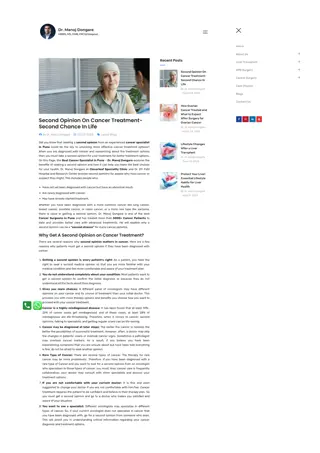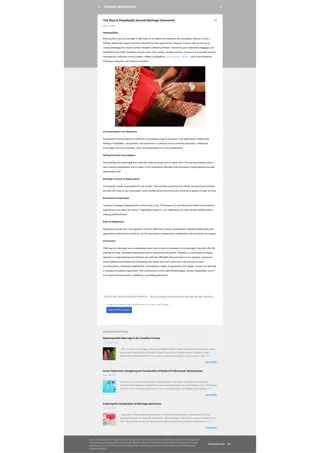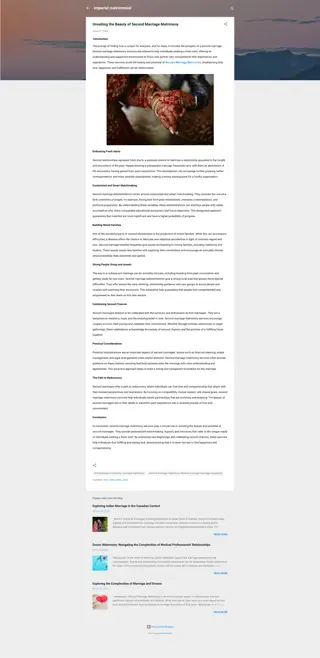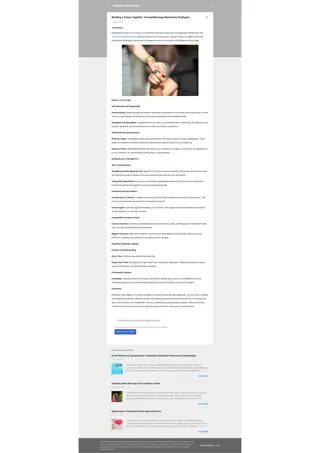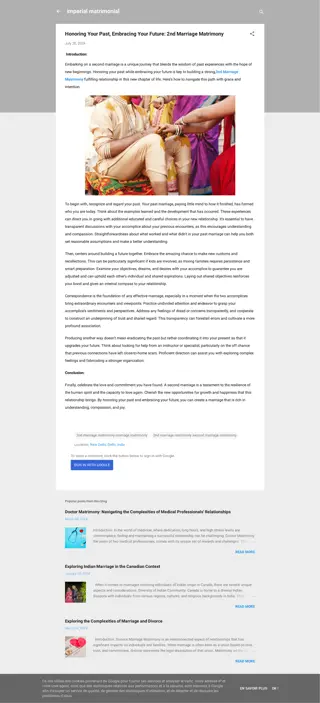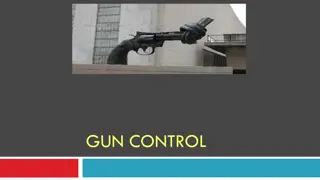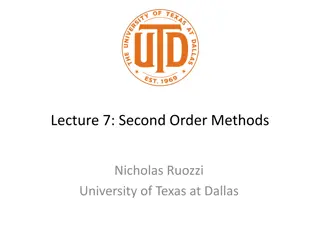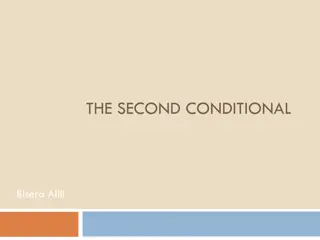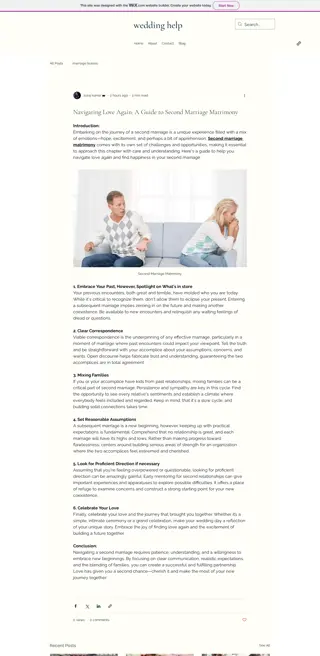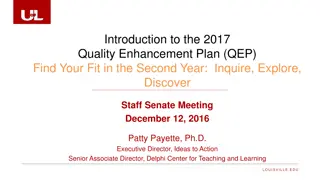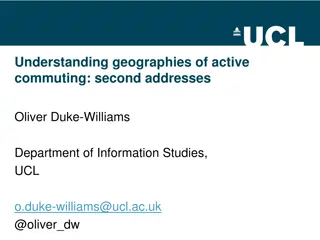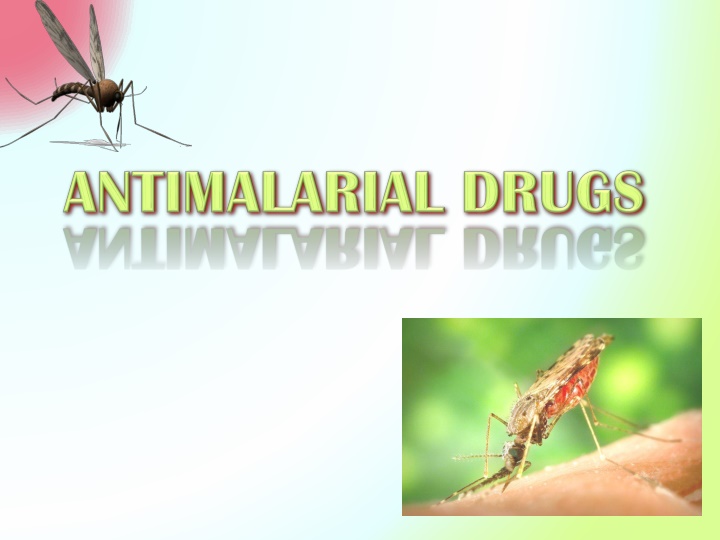
Antimalarial Drugs: Targets, Mechanisms, and Treatments
Explore the classification and pharmacokinetics of main antimalarial drugs, including artemisinin-based therapies. Learn about the targets of antimalarial treatment, drug examples, and strategies recommended by the WHO for efficient malaria management.
Download Presentation

Please find below an Image/Link to download the presentation.
The content on the website is provided AS IS for your information and personal use only. It may not be sold, licensed, or shared on other websites without obtaining consent from the author. If you encounter any issues during the download, it is possible that the publisher has removed the file from their server.
You are allowed to download the files provided on this website for personal or commercial use, subject to the condition that they are used lawfully. All files are the property of their respective owners.
The content on the website is provided AS IS for your information and personal use only. It may not be sold, licensed, or shared on other websites without obtaining consent from the author.
E N D
Presentation Transcript
By the end of this lecture you will be able to: Classify the main antimalarial drugs depending on their target of action Detail the pharmacokinetics & dynamics of main drugs used to treat attack or prevent relapses Compare the mechanism and major ADRs of adjunctive drugs used in combinations State the WHO therapeutic strategy for treatment File:Anopheles albimanus mosquito.jpg
What are the Targets of Treating an infected patient? Target of Therapy Therapeutic Class Drug Examples To alleviate symptoms Blood schizontocidal Artemisinin Chloroquine (in vivax only) Quinine (in pregnancy) Primaquine drugs To prevent relapses To prevent spread Tissue hypnotocidal (schizontocidal) drugs Gametocidal drugs Primaquine N.B. If patient has got infested by sporozoites we want to protect against progression to Tissue Shizontocides Primaquine
TREAT ATTACK TREAT ATTACK LACTONE ENDOPEROXIDES ARTEMISININ Poor solubility ARTENUSATE ARTEMETHER Soluble ARTEMISININ Fast acting blood Schizontocide Annual wormwood for antimalarial drug. Affect all forms including multi-drug resistant P. falciparum Pharmacokinetics Derivatives are rapidly absorbed orally Rapidly biotransform in liver into artenimol active metabolite Widely distributed t artemisinin 4hrs / artesunate 45min / artemether 4-11hrs Mechanism Artemesia annua They have endoperoxide bridges that are cleaved by haem iorn to yeild carbon-centred free radicals, that will Alkylate membranes of parasite s food vacuole and mitochondria no energy Irreversibly bind & inhibit sarco-endoplasmic reticulum Ca2+-ATPase of the parasite, thereby inhibiting its growth Inhibiting formation of transport vesicles no food vacuoles
TREAT ATTACK TREAT ATTACK LACTONE ENDOPEROXIDES ARTEMISININ ARTENUSATE ARTEMETHER ARTEMISININ ADRs Transient heart block neutrophil count Brief episodes of fever Neuro, hepato and bone marrow toxicity Resistance was reported recently in Cambodia- Thailand border
TREAT ATTACK TREAT ATTACK LACTONE ENDOPEROXIDES ARTEMISININ ARTENUSATE ARTEMETHER ARTEMISININ Preparations Artesunate IV or IM preparations for severe complicated cases as cerebral malaria (24h) followed by complete course of ACT Artemisin-based combination therapies (ACTs): Artemether + lumefantrine Artemether + amodiaquine Artemether + mefloquine Artemether + sulfadoxine-pyrimethamine Artemisinin and its derivatives should not be used as monotherapy.(Recrudescence)
4-AMINOQUINOLINES TREAT ATTACK TREAT ATTACK Chloroquine and Amodiaquine CHLOROQUINE Potent blood Schizontocide & a Gametoside Can be active against all forms of the schizonts (exception is chloroquine-resistant P.f. & P.v.) Pharmacokinetics Against P.v., P.o., P.f. Rapidly & completely absorbed from the GIT Has high volume of distribution(100-1000l/kg) Concentrated into parasitized RBCs. Released slowly from tissues Metabolized in the liver Excreted in the urine 70% unchanged Initial t =2-3days & terminal t =1-2months Chloroquine concentrates 1000-fold in food vacuole of parasite. Why ??? Its protonation & ion trapping due to Its active uptake by a parasite transporter(s) Its binding to a specific receptor in the food vacuole. pH of vacuole
4-AMINOQUINOLINES TREAT ATTACK TREAT ATTACK CHLOROQUINE Mechanism Malaria Parasite digest host cell s Hb to obtain a.a. Heme is released Toxic So parasite detoxifies it by heme polymerase Hemozin (NonToxic) & traps it in food vacuole RBC Food vacuole Malaria Parasite (Hz) (Hb) (Heme) (Heme) (Hemozin) (Hb) Heme Polymerase X CHLOROQUINE Peptides X CHLOROQUINE concentrate inside acidic food vacuole N.B. It is used also in rheumatoid artheritis, SLE, .
4-AMINOQUINOLINES TREAT ATTACK TREAT ATTACK CHLOROQUINE ADRs Short-term 1. Mild headache and visual disturbances 2. Gastro-intestinal upsets; Nausea, vomiting 3. Pruritus, urticaria. Prolonged therapy 1. Retinopathy, characterized by loss of central visual acuity, macular pigmentation and retinal artery constriction. Progressive visual loss is halted by stopping the drug, but is not reversible??? N.B. Chloroquine concentrates in melanin containing tissues, e.g. the retina. 2. Lichenoid skin eruption, bleaching of hair 4. Weight loss 5. Ototoxicity (cochleovestibular paresis in fetal life) Bolus injection hypotension & dysrrhythmias N.B. Safe in pregnancy
4-AMINOQUINOLINES TREAT ATTACK TREAT ATTACK CHLOROQUINE Resistance against the drug develops as a result of enhanced efflux of parasite vesicle expression of the human multi drug resistance transporter P-glycoprotein Chloroquine entery Effluxed Chloroquine Chloroquine Therapeutic Use:- Used to eradicate blood schizonts of. Plasmodium vivax Plasmodium vivax resistance evolved in Indonesia, Peru and Oceania
TREAT ATTACK TREAT ATTACK AMINOQUINOLINES DERIVATIVE ARYLAMINOALCCOHOLS Quinoline methanols; quinine, quinidine & mefloquine Phenanthrene methanols; halofantrine QUININE Is a the main alkaloid in cinchona bark Image:Cinchona.pubescens01.jpg Potent blood Schizontocide & weak Gametoside Pharmacokinetics Rapidly & completely absorbed from the GIT Peaks after 1-3 hrs Metabolized in the liver 5% excreted in the urine unchanged t = 10 hrs but longer in sever falciparum infection N.B. Administered: orally in a 7 day course or by slow IV for severe P. falciparum infection Mechanism As ANTIMALARIAL Same as chloroquine Quinidine like action Mild oxytoxic effect on pregnant uterus Slight neuromuscular blocking action Weak antipyretic action Other Actions
TREAT ATTACK TREAT ATTACK AMINOQUINOLINES DERIVATIVE Resistence like chloroquine by efflux through p-glycoprotein MDR transporter ADRs With therapeutic dose poor compliance bitter taste. Higher doses Cinchonism (tinnitus, deafness, headaches, nausea & visual disturbances) Abdominal pain & diarrhea Rashes, fever, hypersensitivity reactions Hypotension & arrhythmias Blood dyscarasis; anaemia, thrombocytopenic purpura & hypoprothrombinaemia Blackwater fever, a fatal condition in which acute haemolytic anaemia is associated with renal failure IV neurotoxicity tremor of the lips and limbs, delirium, fits, stimulation followed by depression of respiration & coma QUININE N.B. Safe in pregnancy
TREAT ATTACK TREAT ATTACK AMINOQUINOLINES DERIVATIVE QUININE Contraindications Prolonged QT Interval Glucose-6-Phosphate Dehydrogenase Deficiency Myasthenia Gravis Hypersensitivity Optic Neuritis, auditory problems Dose should be reduced in renal insufficiency Interactions Antacids: Antacids containing aluminum &/or magnesium may delay or decrease absorption of quinine. Erythromycin (CYP3A4 inhibitor): Cimetidine Mefloquine. Quinine can raise plasma levels of warfarin and digoxin.
8-AMINOQUINOLINES PRIMAQUINE PREVENT RELAPSES PREVENT RELAPSES Hypnozoitocides against liver hypnozoites & gametocytocides Radical cure of P. ovale & P. vivax Prevent spread of all forms Pharmacokinetics Well absorbed orally Rapidly metabolized to etaquine & tafenoquine more active t 3-6h Mechanism Not well understood. It may be acting by; Generating ROS can damage lipids, proteins & nucleic acids Interfering with the electron transport in the parasite no energy Inhibiting formation of transport vesicles no food vacuoles Resistance; Rare when primaquine & chloroquine combine
8-AMINOQUINOLINES PRIMAQUINE PREVENT RELAPSES PREVENT RELAPSES ADRs At regular doses patients with G-6-PD deficiency hemolytic anemia. In G-6-PD deficiency NADPH, GSH synthesis. So RBCs become sensitive to oxidative agents HEMOLYSIS Primaquine Oxidizes GSH to GSSG GSH detoxification of toxic products At larger doses Epigastric distress & abdominal cramps. Mild anemia, cyanosis & methemoglobinemia Severe methemoglobinemia rarely in patients with deficiency of NADH methemoglobin reductase. Granulocytopenia & agranulocytosis rare
DRUGS USED IN COMBINATIONS DRUGS USED IN COMBINATIONS DRUG MECHANISM ADRs Lumefantrine heme polymerase [ like chloroquine ] heme polymerase [ like chloroquine ] heme polymerase [ like chloroquine ] Sequential block of dihydropteroate synthase & dihydrofolate reductase DNA synthesis inhibits parasite apicoplast (needed for survival & successful host invasion) Palpitation, dizziness,allergic reaction, hepatotoxicity Nausea, vomiting, itching, stomach upset & headache. neuropsychiatric disorders Amodiaquine Mefloquine Sulfadoxine- pyrimethamine Allergic skin reactions, Agranulocytosis; aplastic anemia Clindamycin Skin rash Pseudo-membranous colitis, Yellowish discoloration of teeth, dental carries, bone deformity, vertigo, hypersensitivity Doxycycline Inhibit protein synthesis by binding to 30S subunit of ribosome
WHO TREATMENT GUIDELINES WHO TREATMENT GUIDELINES ACT / 3 days followed by Primaquine for 14 days IN VIVAX Resistance Sensitive Chloroquine for 3 days followed by Primaquine for 14 days IN FALCIPARUM All show Resistance Uncomplicated ACT Complicated IV Artisunate for 24 hrs Followed by; ACT Or Artemether + [Clindamycin / doxycyline] Or Quinine + [Clindamycin / doxycyline]
WHO TREATMENT GUIDELINES WHO TREATMENT GUIDELINES IN FALCIPARUM All show Resistance Special Risk Groups Pregnancy; 1st trimester Quinine + Clindamycin (7 days) Pregnancy; 2nd & 3rd trimester Lactating women Infants & young children ACT
L L G G U U O O C C File:Anopheles albimanus mosquito.jpg O O K K D D

